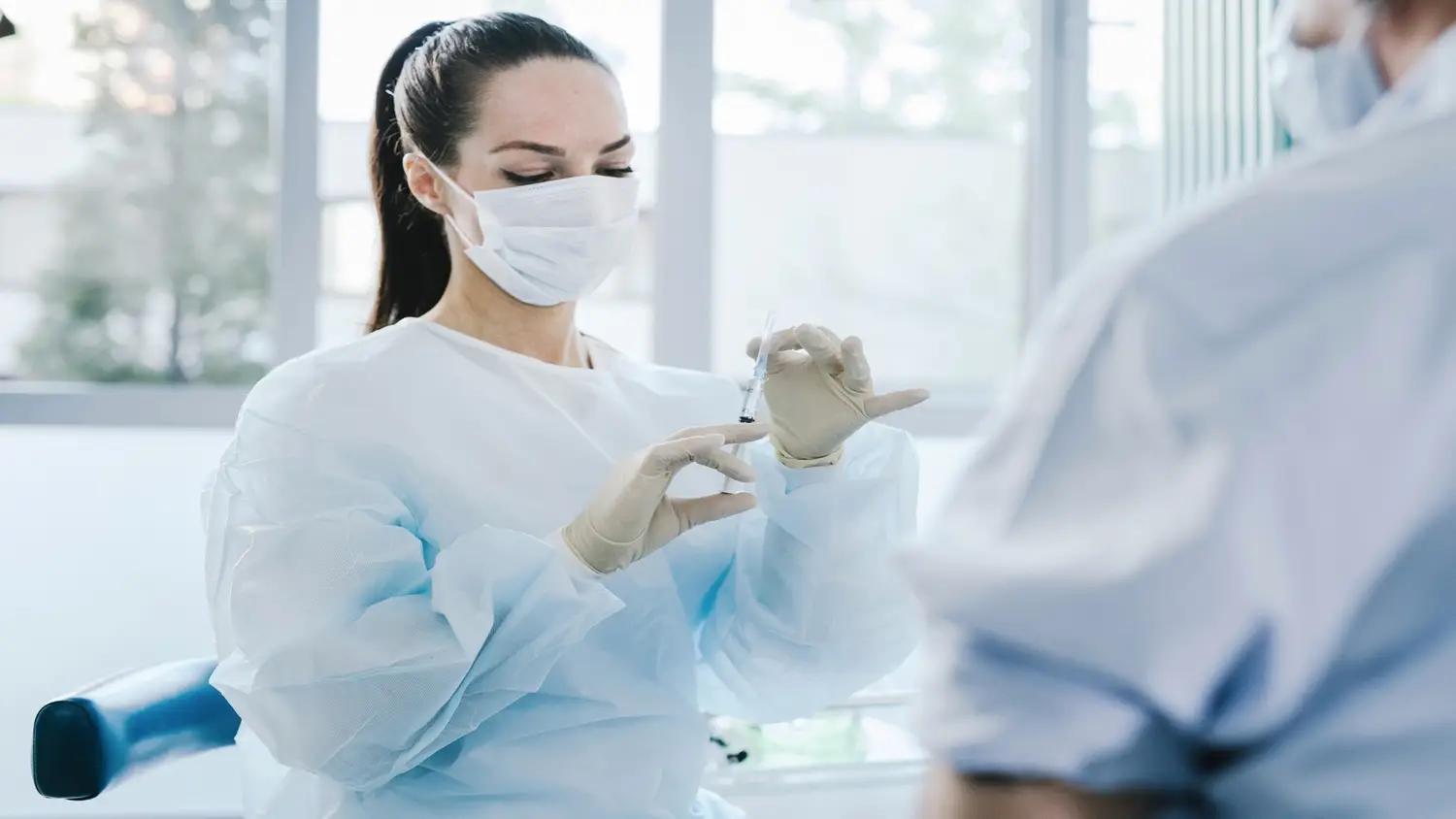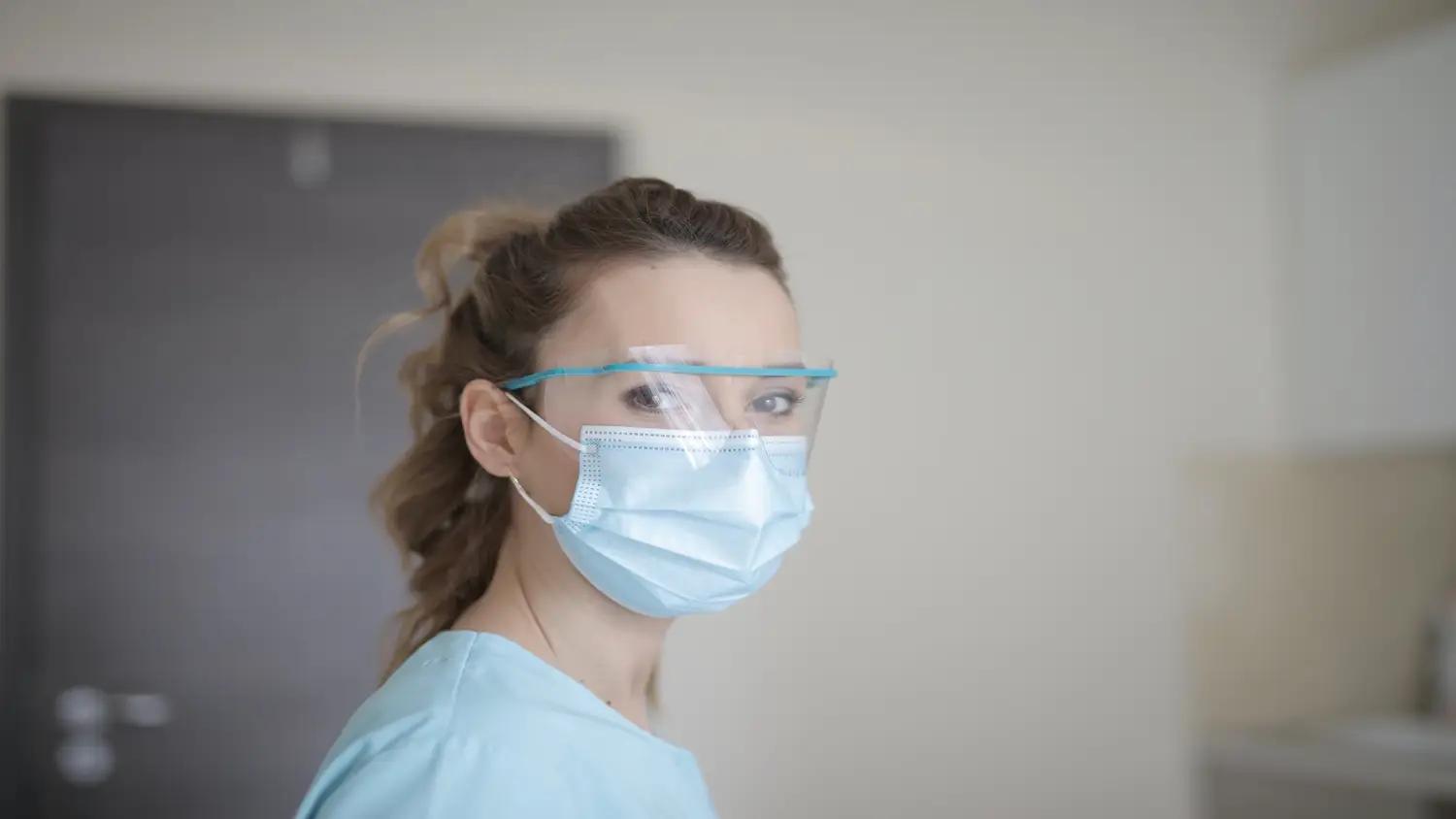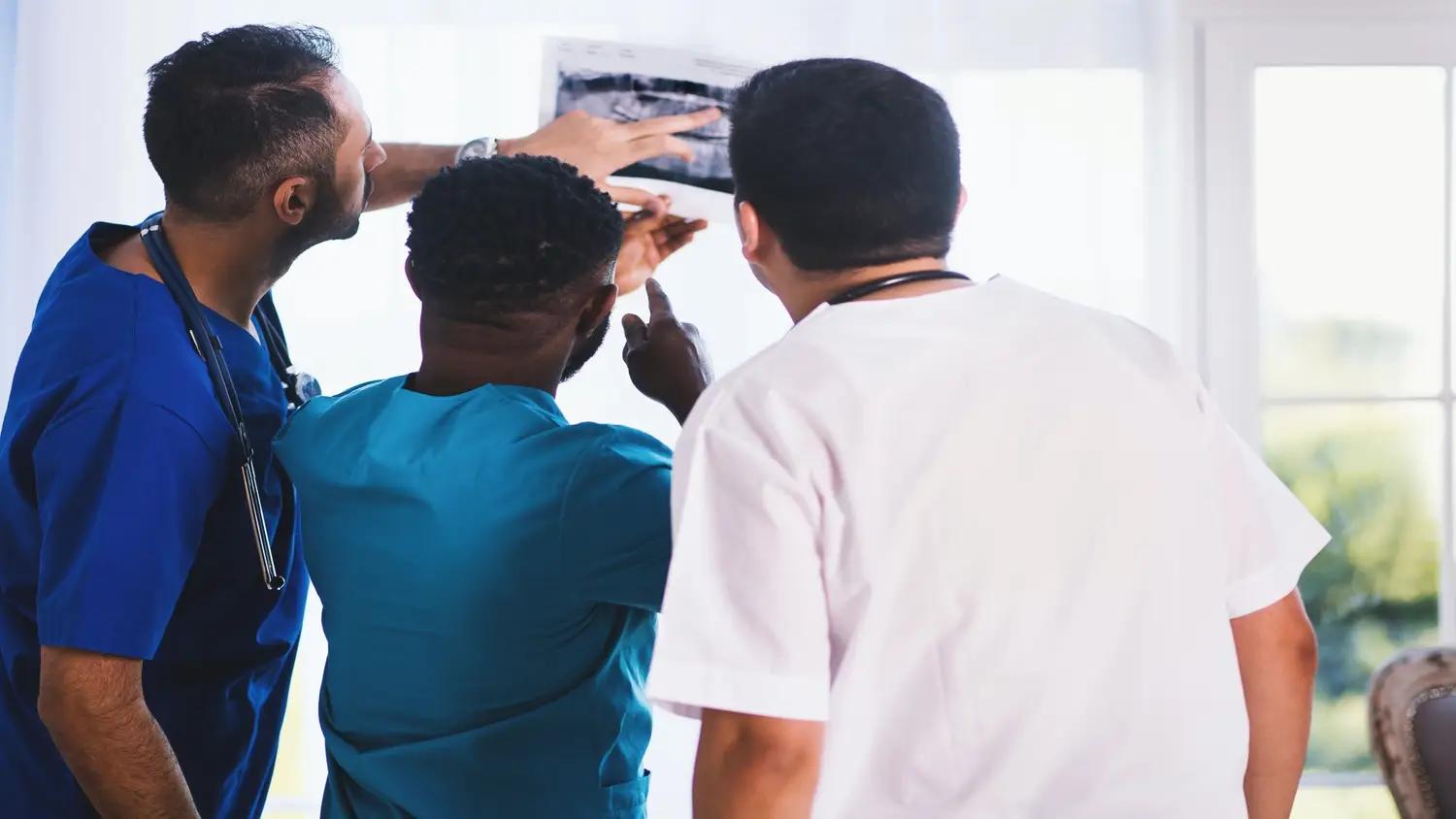
Systemic lupus erythematosus: Therapeutic updates and optimizing treatment
 hosted byScientia CME
hosted byScientia CMEIn this online, self-learning activity:
Systemic lupus erythematosus (SLE) is an autoimmune disease with heterogeneous etiologies and clinical phenotypes, all with varying degrees of severity. Although the precise mechanism of SLE-related autoimmunity is still uncertain, strong evidence implicates a combination of genetic and environmental factors in the disease pathology. For most of the medical community, the primary challenges of SLE management stem from the disease heterogeneity, which leads to difficulty in diagnosing, treating, and monitoring.
Evidence suggests that there are a number of gaps in the treatment of lupus stemming from a suboptimal patient-provider relationship. Suggested remedies include: patient-centered approach to care, improvement of disease awareness, focus on taking adequate time to provide disease and treatment information as well as treatment adherence, and sensitivity to patient concerns.
Commercial Support Disclosure: This program is supported by an educational grant from Corbus and Mallinckrodt.
Learners may participate in this activity free of charge.
Release Date: December 17, 2020 -- Expiration Date: December 17, 2022
Faculty: Robin Dore, MD
Agenda
Epidemiology and etiology of SLE.
· Incidence, prevalence, and demographics
o Mortality & morbidity
· Updates in the pathophysiology of SLE
o Genetic factors and genome-wide association studies
o Immunologic factors – the importance of B-cells
o Environmental factors
The importance of early diagnosis.
· Impact of diagnostic delay on outcomes
o Mortality, morbidity, organ damage accrual, flares
· Classification criteria
o Diagnostic versus classification criteria
o Application of criteria
· Serologic tests
o Emerging biomarkers
Treat-to-target in SLE practice
· Treatment goals
· Selection of targets
o Remission: With or without steroids?
o Low disease activity
o Other targets
· Modification of treatment regimens
· Induction therapy
· Effect of excessive corticosteroid use and minimization of steroid therapy
o Low dose steroids
o No steroids
· Use of biologic agents for reaching target
o Pipeline drugs
o Contextualizing clinical trials: Design difficulties
· Combination therapy
· Monitoring: disease activity, flares, and treatment goal achievement
· Antimalarials and other immunomodulatory drugs
· Anti-inflammatory drugs
· Recognition and management of specific organ system involvement throughout the disease course: nephritis, cardiac and vascular, cutaneous
· Barriers to care with a focus on the patient-provider relationship: adherence, engaging and educating the patient
· Patient case(s)
Learning Objectives
By the end of the session the participant will be able to:
- ~ Describe the pathophysiology of systemic lupus erythematosus (SLE), with a focus on the factors affecting disease progression, remission, and therapeutic mechanisms.
- ~ Recall identification of SLE disease activity, flares, and treatment goals, both short- and long-term.
- ~ Describe the influence of disease activity and corticosteroid use on organ damage in SLE.
- ~ Evaluate available and emerging therapeutic options for SLE, individualizing treatment regimens based on patient and disease characteristics.
- ~ Discuss the role and importance of patient-provider communication in charting a course of optimal treatment.
Accreditation
ScientiaCME is accredited by the ACCME to provide continuing medical education for physicians.
Credit Designation: ScientiaCME designates this internet activity enduring material for a maximum of 0.75 AMA PRA Category 1 Credit(s)™ toward the AMA Physician's Recognition Award. Physicians should only claim credit commensurate with the extent of their participation in the activity.
Physicians: Not all activities on this site provide MOC credit. If this activity does not specify that it provides MOC credit in the "Accreditation" section on this page, then it does NOT provide MOC credit.
Pharmacists
ScientiaCME is accredited by the Accreditation Council for Pharmacy Education (ACPE) as a provider of continuing pharmaceutical education. This program is approved for 0.75 hours (0.075 CEUs) of continuing education. Proof of participation will be posted to your NABP CPE profile within 4 to 6 weeks to participants who have successfully completed the post-test. Participants must participate in the entire presentation and complete the course evaluation to receive continuing pharmacy education credit. ACPE # 0574-0000-20-058-H01-P. ACPE Accreditation effective 12/17/20 expires 12/17/22. This is a Knowledge (K)-type activity.
Pharmacists: You must enter your NABP # and birth date correctly so that proof of participation can be posted to your NABP CPE profile. It is the learner's responsibility to provide this information completely and accurately at the completion of the activity. Without providing it, the learner will NOT receive CPE credit for this activity.
Nurse Practitioners (NPs): The American Academy of Nurse Practitioners accepts AMA PRA Category 1 Credit(s)™ from organizations accredited by the ACCME. ScientiaCME will provide NPs who successfully complete each activity with a certificate of participation indicating that the activity was designated for AMA PRA Category 1 Credit(s)™.
Physician Assistants: The American Academy of Physician Assistants accepts AMA PRA Category 1 Credit(s)™ from organizations accredited by the ACCME.
Faculty Disclosure and Resolution of COI
As a provider of continuing medical education, it is the policy of ScientiaCME to ensure balance, independence, objectivity, and scientific rigor in all of its educational activities. In accordance with this policy, faculty and educational planners must disclose any significant relationships with commercial interests whose products or devices may be mentioned in faculty presentations, and any relationships with the commercial supporter of the activity. The intent of this disclosure is to provide the intended audience with information on which they can make their own judgments. Additionally, in the event a conflict of interest (COI) does exist, it is the policy of ScientiaCME to ensure that the COI is resolved in order to ensure the integrity of the CME activity. For this CME activity, any COI has been resolved thru content review ScientiaCME.
Faculty Disclosures: Robin Dore, MD, Clinical Professor of Medicine, UCLA, has received financial compensation from research grants and/or consulting and/or speakers bureau from UCB, Eli Lilly, and Belimumab.
Disclosures of Educational Planners: Charles Turck, PharmD, BCPS, BCCCP, CEO of ScientiaCME, has no relevant conflicts of interest to disclose.
Commercial Support Disclosure: This program is supported by an educational grant from Corbus and Mallinckrodt.
Instructions
- ~ Read the learning objectives above
- ~ Take the Pre-Test (optional). Completion of the pre-test will help us evaluate the knowedge gained by participating in this CME activity.
- ~ View the online activity. You may view this is in more than one session, and may pause or repeat any portion of the presentation if you need to.
- ~ Take the post-test
- ~ Complete the activity evaluation and CME registration. A CE certificate will be emailed to you immediately.
System Requirements
PC
Windows 7 or above
Internet Explorer 8
*Adobe Acrobat Reader
MAC
Mac OS 10.2.8
Safari or Chrome or Firefox
*Adobe Acrobat Reader
Internet Explorer is not supported on the Macintosh
*Required to view Printable PDF Version









